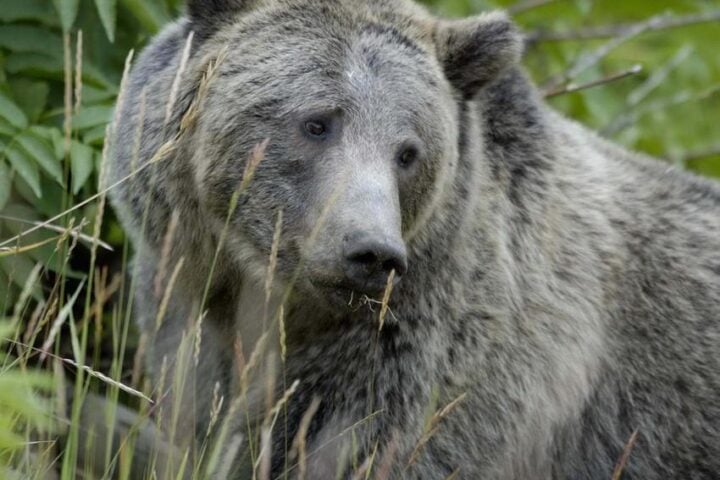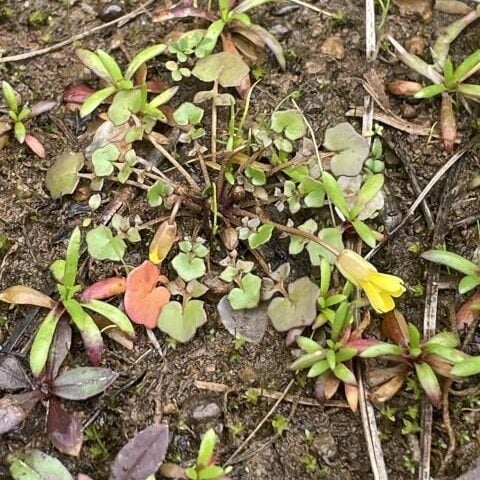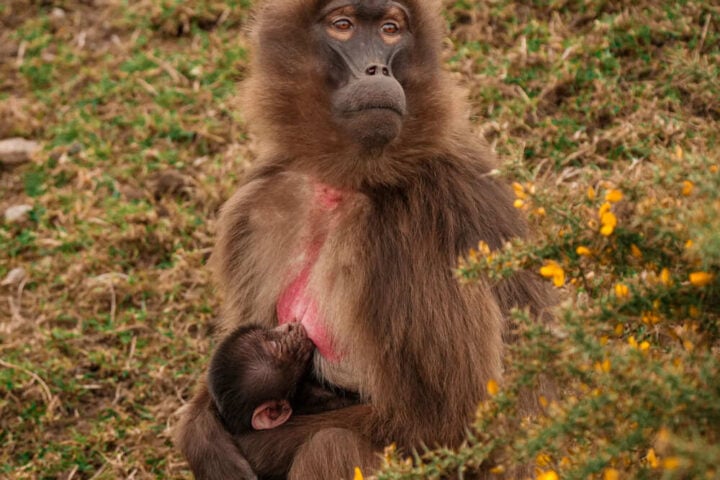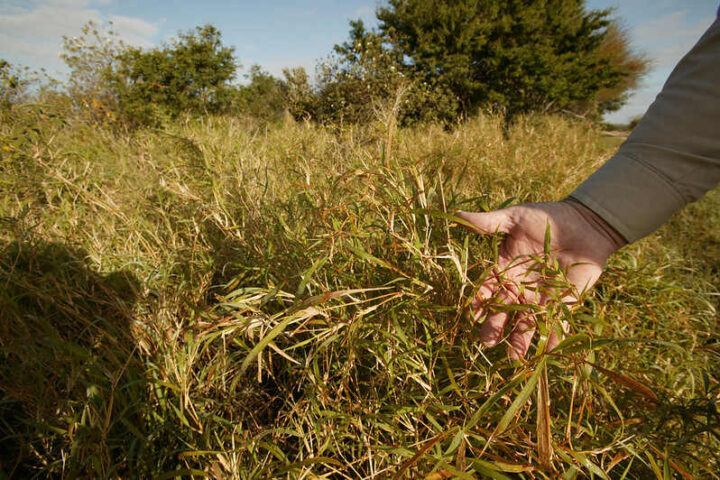HBO’s “The White Lotus” Season 3 has put a spotlight on Thailand’s natural hazards, featuring the pong pong tree (Cerbera odollam). When a resort worker warns guest Saxon Ratliff about the tree’s poisonous fruit, viewers get a glimpse of something far more sinister than typical resort landscaping. This tree, ominously nicknamed the “suicide tree,” has a real and deadly history that makes its appearance particularly chilling.
The pong pong tree belongs to the Apocynaceae (dogbane) family, known for producing toxic compounds. This medium-sized evergreen, reaching heights of 10-15 meters, thrives in coastal regions, mangrove swamps, and riverbanks across Southeast Asia, Pacific Islands, and northern Australia.
The tree is known for its deception. It produces attractive, fragrant white flowers with yellow centers, making it an appealing ornamental plant. However, its fruit, which initially resembles a small green mango, later turns dangerous. Inside it lies the large fibrous seed or kernel, which contains concentrated cerberin, a potent toxin.
“Plants evolve to make these very bitter chemicals because what you don’t want, as a plant, is for somebody to come and eat your kernel, so you’re not going to be able to reproduce and grow again,” explains Hilary Hamnett, associate professor in forensic science at the University of Lincoln.
How The Poison Works: Heart-Stopping Science
Cerberin belongs to the family of cardiac glycosides, organic compounds that cause heart failure. Its mechanism is brutally efficient—it inhibits the sodium-potassium ATPase pump (Na+/K+ pump) in heart muscle cells. This crucial enzyme maintains proper ion balance for normal electrical heart function.
When blocked, sodium levels rise inside heart cells, causing calcium accumulation. The excess calcium forces the heart to contract erratically, disrupting electrical signals and creating severe arrhythmias leading to cardiac arrest and death.
While the seeds taste intensely bitter—a natural defense mechanism—this bitterness can be masked with strongly flavored foods, a fact exploited in historical homicide cases.
Ingestion of pong pong seeds triggers rapid symptoms, often within 20-60 minutes. Initial signs include:
- Severe nausea and vomiting
- Intense abdominal pain and diarrhea
- Hyperkalemia (dangerous potassium elevation)
- Neurological effects: drowsiness, confusion, potential coma
“Like with any poison, it depends on the person—their age, their sex, their size, and whether they’ve got any existing illnesses,” notes Hamnett. A single kernel can contain enough cerberin to prove fatal.
There is no specific antidote for cerberin poisoning. Treatment focuses on supportive measures: activated charcoal to sequester the poison (if administered early), continuous heart monitoring, atropine to counteract bradycardia, and temporary cardiac pacing if needed. Digoxin-specific antibody fragments have been used experimentally with mixed results due to structural similarities between cerberin and digoxin.
Without prompt, advanced medical care, prognosis remains poor. “When people who’ve taken things like this go to the hospital, typically their heart rate might be at 30 beats a minute, so it’s dropping incredibly fast until the point where it just stops altogether,” Hamnett explains.
Similar Posts
The Dark History: From Suicides to Witch Trials
The pong pong tree’s grim reputation is well-documented. A landmark study in the Journal of Ethnopharmacology examined poisoning cases in Kerala, India, between 1989 and 1999. The findings were alarming: Cerbera odollam accounted for approximately half of all plant poisoning deaths and about 10% of total poisoning deaths, suggesting 537 deaths yearly in Kerala alone.
The researchers noted that cerberin often evades standard toxicology screening unless specifically targeted, suggesting many suicides might have been undetected homicides. About three-quarters of victims were women, raising concerns about its use in domestic disputes.
In 19th-century Madagascar, a judicial practice called the Tangena ordeal used a similar poison, often from the related Cerbera manghas (sea mango). Accused individuals were forced to ingest the poison alongside certain rituals. Vomiting was interpreted as divine rejection of the poison, proving innocence. Death or failure to vomit was considered proof of guilt. This brutal practice claimed countless lives over centuries.
While the pong pong tree has ancient infamy, modern technology has expanded its reach. E-commerce facilitates sales of seeds and live plants worldwide, sometimes with misleading marketing. In 2018, researchers documented six cases of pong pong poisoning in the United States, three proving fatal. One case involved a 33-year-old woman who purchased the seeds online, advertised as a weight-loss supplement.
Its cultivation as an ornamental tree introduces risks of accidental poisoning. Children or pets might be attracted to the flower-like or fruit-like appearance, unaware of the danger. There’s also potential for misidentification in regions where it’s newly introduced.
The lack of regulation around online sales of toxic plants remains a public health concern. Toxicologists continue to report cases, emphasizing the need for greater awareness among healthcare professionals globally.
The White Lotus Connection: Nature’s Warning
In “The White Lotus,” the pong pong tree symbolizes hidden dangers within paradise. It represents nature’s indifference to human drama and beauty masking profound toxicity—themes central to the show’s narrative.
As of early 2025, toxicological research continues to seek better treatments for cerberin poisoning. Scientific focus remains on improving supportive care, understanding precise toxin interactions, and developing more sensitive detection methods.
The heightened visibility brought by shows like “The White Lotus” serves dual purposes—raising awareness while potentially sparking dangerous curiosity. Medical case studies involving Cerbera odollam continue to appear in journals, underscoring the need for vigilance among healthcare professionals globally.

Its white flowers and deceptive fruit contrast sharply with the agony its seeds can inflict. As global trade and travel blur geographical boundaries, understanding such natural hazards becomes increasingly important. Whether or not the pong pong tree claims a fictional victim in “The White Lotus,” its real-world toll demands respect and caution.
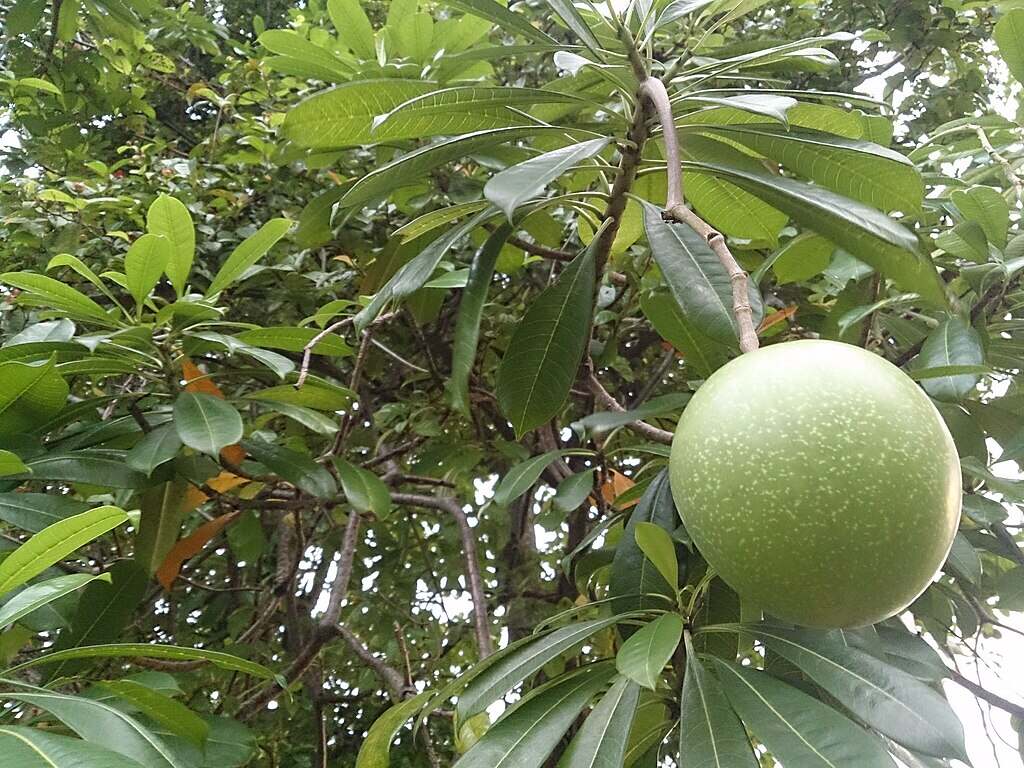


![Representative Image: European Starling [49/366]. Photo Source: Tim Sackton (CC BY-SA 2.0)](https://www.karmactive.com/wp-content/uploads/2025/04/Starlings-Drop-82-in-UK-Gardens-as-Birdwatch-2025-Reveals-Record-Low-Count-Since-1979-720x480.jpg)
